Just as one meticulously cares for a luxury car or cooks a piece of Wagyu A5 beef with precision, the same level of attention should be given to how we treat our cigars. The cigar-smoking experience isn't just about savoring aromas and flavors; it's also about mastering two essential steps: the cut and the lighting.
Today, I want to focus on the art of lighting a cigar correctly. While it may look impressive to see Arnold Schwarzenegger lighting up a cigar, his technique isn't the best, and here’s why. A cigar should not be lit while in the mouth because drawing the flame across the foot of the cigar with each puff introduces intense heat. This causes the cigar to heat up too quickly, leading to bitter flavors.
The Correct Way to Light a Cigar
Choosing the right tool is crucial when lighting a cigar. Traditional sommeliers might use cedar spills, which add aromas and flavors to the cigar. While these might complement certain blends, they do not allow you to fully appreciate the flavors crafted by the Master Blender. Alternatively, some might consider using a Zippo lighter with gasoline, but this too introduces unwanted aromas that can affect the cigar’s flavor profile. To avoid this, opt for a butane gas insert.
In general, any lighter will work as long as it uses 100% butane, as butane doesn’t add any flavors or aromas. For a selection of butane lighters and matches, you can browse our collection here.
Whether using a torch or a soft flame lighter, make sure it's butane-powered. Keep in mind that a soft flame will take more time to light the cigar. As a personal recommendation, using a single or multi-flame lighter angled to create a single point of contact with the cigar is ideal. Matches (cedar or regular) are another widely used option; however, ensure the match head burns off before using the flame to avoid flavor interference. The downside with matches and cedar spills is that they can be affected by wind.
How to Light Your Cigar Correctly
Once you've chosen your lighting tool, here's how to light a cigar properly. Start by gently heating the foot of the cigar, rotating it with your fingers to ensure an even burn, maintaining a 45-degree angle between the cigar and the heat source. After the foot is evenly toasted, focus the heat on the outer edges without burning the wrapper, as the combustion leaves are on the outer part of the cylinder. Done correctly, you'll achieve a red ember in a ring shape while the center of the cigar remains black. This method, known as the Bull's Eye, ensures an even burn.
Only after achieving a proper ember should you bring the cigar to your mouth and start enjoying it. In some situations, like windy conditions or poor lighting, lighting in the mouth may be necessary. When doing this, be as gentle as possible and avoid creating a large flame on the cigar.
Incorrect lighting can make the tobacco taste bitter or cause uneven burning, which is why it’s essential to take the time to light your cigar properly. You've invested time in selecting the perfect tobacco, so don't rush and risk ruining the experience. Remember, when it comes to smoking a cigar, time and patience are everything. Take your time, light it right, and enjoy the experience fully.
What’s your favorite method for lighting a cigar, and why? Share your tips and experiences in the comments below!
Read more

Davidoff of Geneva USA makes a notable return to the PCA Trade Show in 2024, a key event in the cigar industry calendar. Discover what this means for cigar enthusiasts and the ...
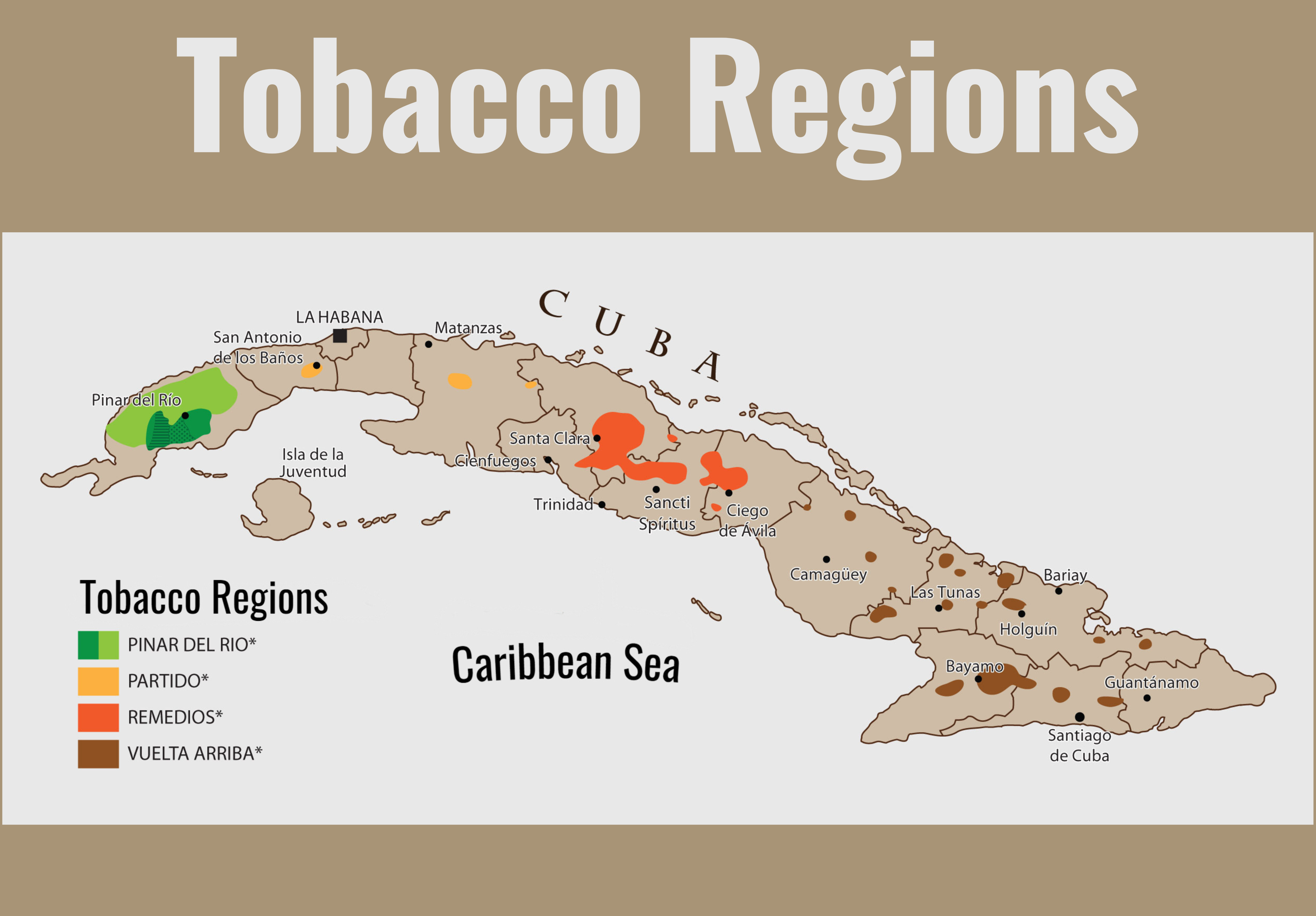
Cuban tobacco is revered worldwide for its exceptional quality, rich flavors, and unmatched aromas. This blog post takes you on a sensory journey through the art of s...

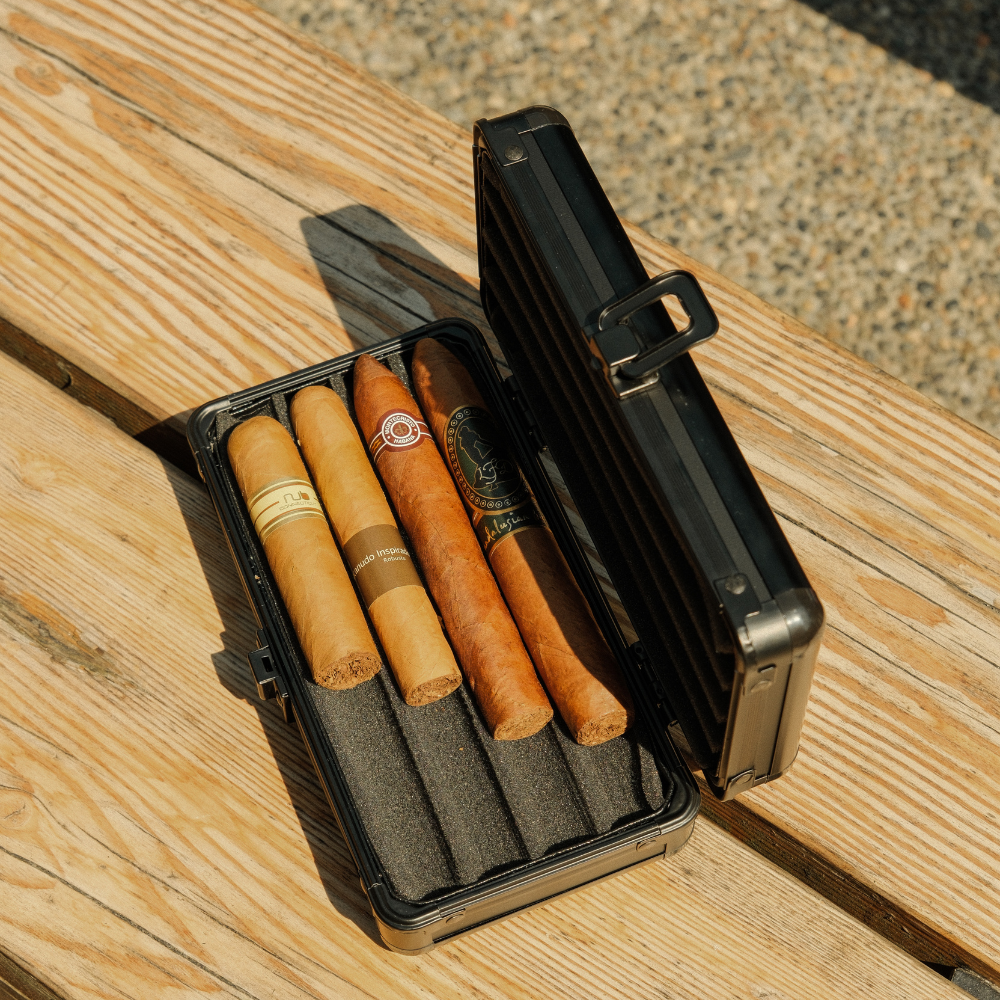
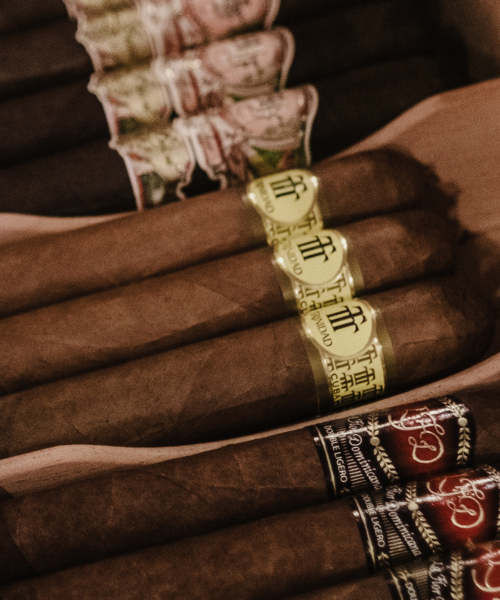

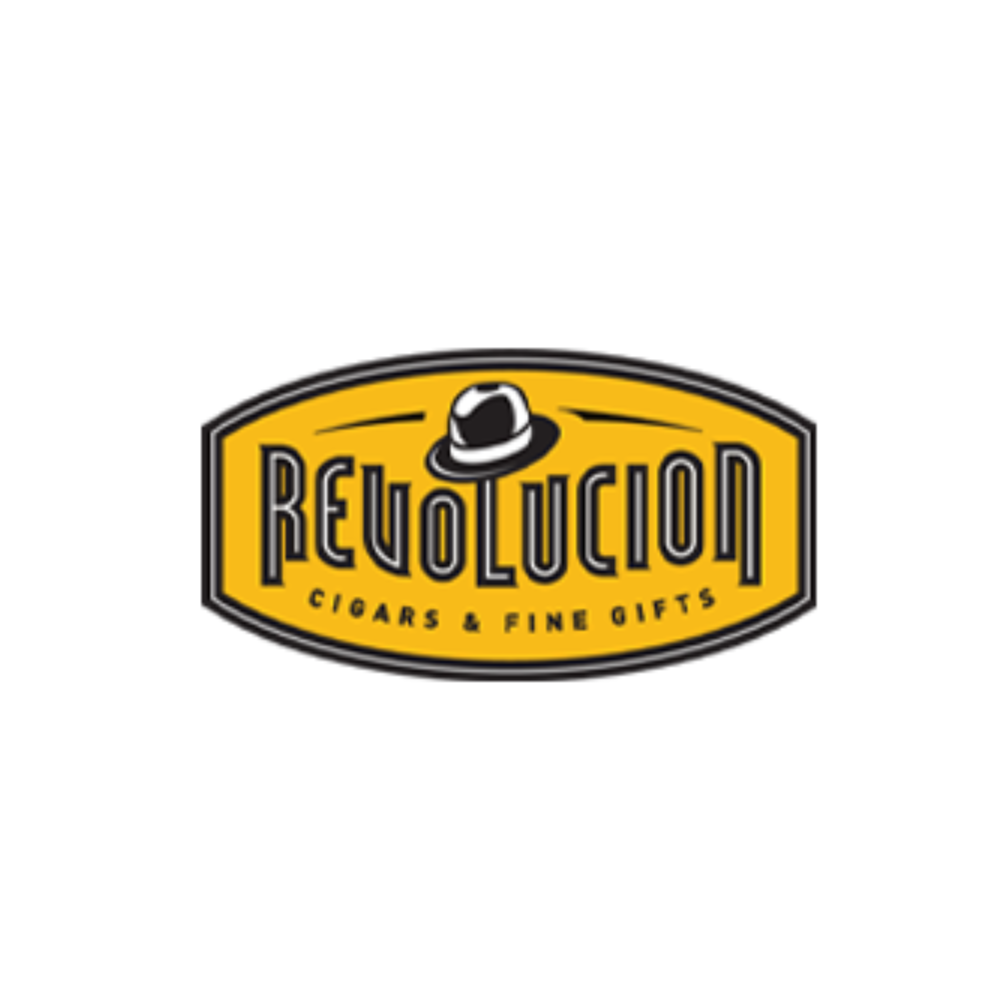
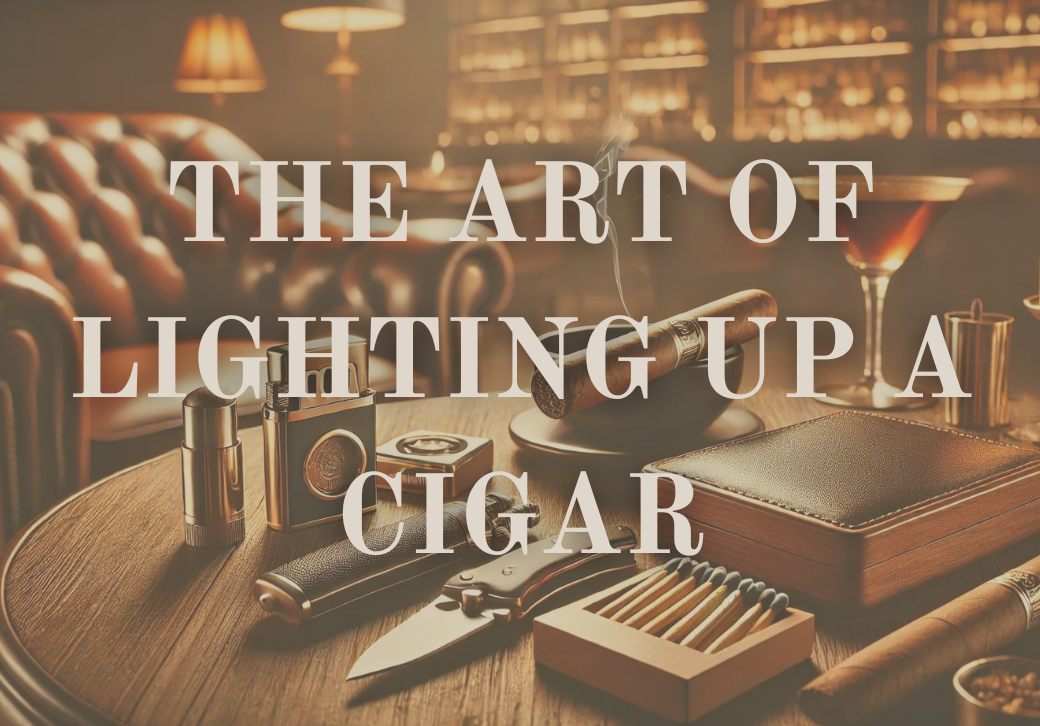
Leave a comment
All comments are moderated before being published.
This site is protected by hCaptcha and the hCaptcha Privacy Policy and Terms of Service apply.